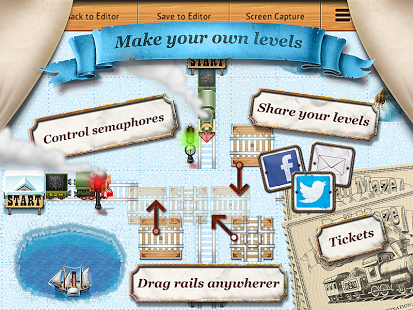

The focus of the review lies on the properties of the landscape memory as accessible by data from radar tracking and analyses of waggle dance following. The conclusion is discussed in the context of the learning and generalization process in an insect, the honeybee, with an emphasis on exploratory learning in the context of navigation.įlying insects like the honeybee experience the world as a metric layout embedded in a compass, the time-compensated sun compass. We conclude that foragers generalize their specific landscape memory in a graded way to the landscape features in the test area, and argue that both the existence and absences of landmarks are taken into account. The guiding effect of elongated ground structures was quantified with respect to the sequence, angle and distance from these ground structures. A rank order of well separated clusters was found that partly resemble the graded differences between the ground structures of the home areas and the test area.

Classification was performed with a support vector machine in order to account for optimal hyperplanes. Densities of search flight fixes were used to create heat maps and classified by a partial least squares regression analysis. The frequencies of directions of flight sectors differed from both model calculations and between the home areas in a graded fashion. Random search as the only guide for searching was excluded by two model calculations. The search flights were tracked with harmonic radar and quantified by multiples procedures, extracting their differences on an individual basis. In particular, the test area lacked rising objects. The test area resembled partly or not at all the layout of landmarks in the respective home areas. The home areas differed in the arrangements of rising natural objects or their lack, and in the existence or lack of elongated ground structures. Foraging bees from colonies located in 5 different home areas were tested in a common area for their search flights.

Here we introduce a novel paradigm in the natural habitat, and ask whether the memory of such features is generalized to novel test conditions. You can also try to solve the puzzles other users have created.Įnjoy an endless game with Rail Maze 2 and test your logical capacity, getting the trains from one side to the other on train tracks that take up the entire screen.Flying insects like the honeybee learn multiple features of the environment for efficient navigation.

This version of the game includes an additional game mode to create your own levels and share them with other players, who can put the complex puzzles you've created to the test. In these new levels, you have to create the tracks from scratch, combining architectural elements to avoid complications in snow-covered terrain, changing signals for the conductors, and managing the direction the trains move in. With more than a dozen integrated levels and an unlimited number in the online version, Rail Raze 2 combines all the best bits of the first game with a few extra improvements to keep you even more hooked on these super fun brain teasers. Rail Maze 2 is the second installment in the Rail Maze saga where you have to solve new puzzles and other challenges where your aim is always the same: to get the train from one point to another without crashing into anything or derailing off poorly placed tracks.


 0 kommentar(er)
0 kommentar(er)
